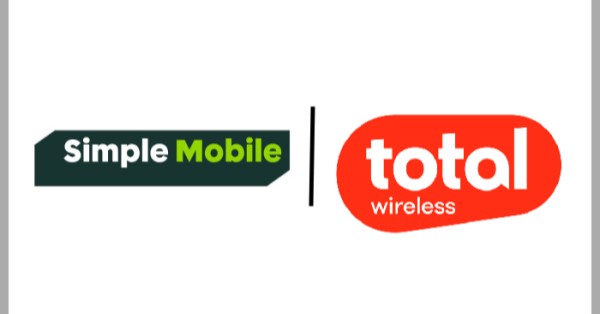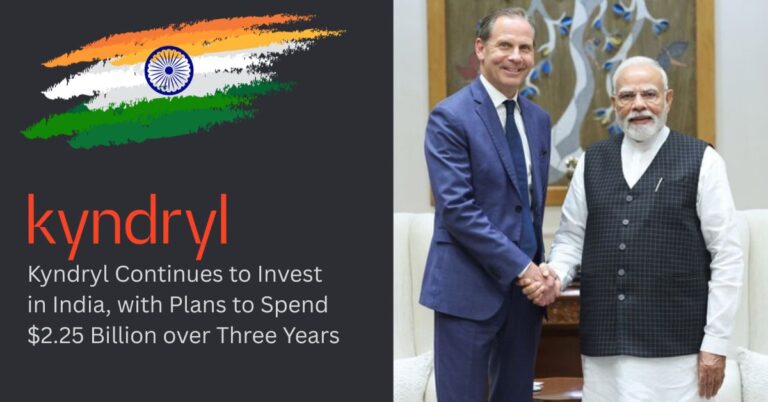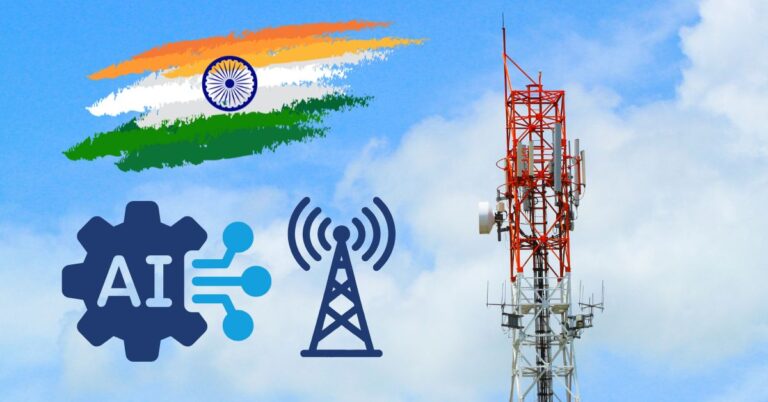Landmark Collaboration to Transform Connectivity for Rural Electric Cooperatives Across the U.S.
Ericsson, NRTC, Southern Linc, and Anterix have forged a significant partnership aimed at revolutionizing the communications landscape for rural electric cooperatives (co-ops) across the United States. This strategic collaboration is set to deliver private network solutions, enhancing the reliability, resilience, and security of co-op communications while contributing to the well-being of local communities and supporting job creation.
A Collaborative Effort to Modernize Grid Infrastructure
The partnership between Ericsson, NRTC, Southern Linc, and Anterix is poised to address the unique challenges faced by electric cooperatives in rural areas. By combining their expertise and resources, these companies aim to modernize grid infrastructure and ensure uninterrupted service delivery. This collaboration will enable co-ops of all sizes to construct, own, secure, and maintain LTE/5G-ready sites, providing wireless coverage and capacity critical for legacy system retirement and grid modernization.
Ericsson, a leader in communications technology, will bring its advanced cellular and microwave communications solutions to the table. NRTC will leverage these technologies alongside its existing fiber design and construction capabilities to deliver mission-critical smart-grid network solutions tailored to the specific needs of its members. Southern Linc will contribute its core hosting solutions, while Anterix will offer access to its 900 MHz spectrum and Active Ecosystem, which includes over 115 members, to provide a comprehensive framework for utilities to enhance their network capabilities.
Ensuring Reliable and Secure Communications for Rural Electric Cooperatives
The importance of reliable and secure communications infrastructure for electric cooperatives cannot be overstated. As the digital age continues to evolve, the demands on grid infrastructure have grown exponentially, making it essential for co-ops to adopt advanced network solutions. This collaboration represents a significant step forward in bolstering the resilience of critical infrastructure, addressing challenges such as inclement weather, cybersecurity threats, and aging systems.
Ericsson’s dual-mode 5G Core solution, built on Cloud Native Infrastructure, will play a pivotal role in this initiative. Combined with Ericsson Router 6000 and MINI-LINK 6000 offerings, this technology will provide a robust foundation for utilities to enhance their network capabilities while maintaining the highest standards of security and reliability.
Empowering Communities and Supporting Local Economies
This partnership is not just about technological advancement; it’s also about empowering communities and supporting local economies. By enabling co-ops to deploy private LTE networks, the collaboration will help create and sustain jobs in rural areas, contributing to the overall well-being of these communities. The ability to construct, secure, and maintain their own network infrastructure will provide co-ops with the tools they need to thrive in an increasingly digital world.
“We are thrilled to partner with Ericsson, Southern Linc, and Anterix,” said Joe Walsh, Vice President of Smart Grid Networking at NRTC. “This collaboration closes a critical gap that rural electric cooperatives will face as they modernize their grid infrastructure. Together, we’re forging a path towards unparalleled connectivity, resilience, and security, ensuring that communities across the U.S. have access to the cutting-edge solutions they need to thrive.”
Driving Innovation with 900 MHz Spectrum
Anterix’s role in this collaboration is particularly noteworthy. As the largest holder of licensed spectrum in the 900 MHz band across the contiguous United States, Anterix is uniquely positioned to enable private wireless broadband solutions that support advanced communications capabilities. This spectrum, combined with Anterix’s 900 MHz platform and solutions, will provide NRTC’s utility cooperatives with the tools they need to deploy private LTE networks, ensuring they can meet the demands of modern grid infrastructure.
Alice Moy-Gonzalez, Senior Vice President of Strategic Development at Anterix, highlighted the significance of this collaboration: “Our agreement with NRTC, and its collaboration with Ericsson and Southern Linc, will provide NRTC’s utility cooperatives with the ability to directly access our 900 MHz spectrum, our 900 MHz platform and solutions, and the Anterix Active Ecosystem members and their offerings. I believe that this collaboration, when combined with our current seven utility customers deploying in fifteen states, will deliver significant scale and scope benefits to our nation’s electric cooperatives as they develop and deploy private LTE networks.”
Conclusion
The partnership between Ericsson, NRTC, Southern Linc, and Anterix marks a pivotal moment in the evolution of co-op communications across the United States. By delivering reliable, resilient, and secure private network solutions, this collaboration will empower rural electric cooperatives to modernize their grid infrastructure, ensuring they can meet the challenges of the digital age while supporting the well-being of their communities. As these organizations work together, they are setting new standards for connectivity, resilience, and security, paving the way for a brighter future for rural America.

































